Weekend with Chef Virgilio Martinez in Shanghai
/
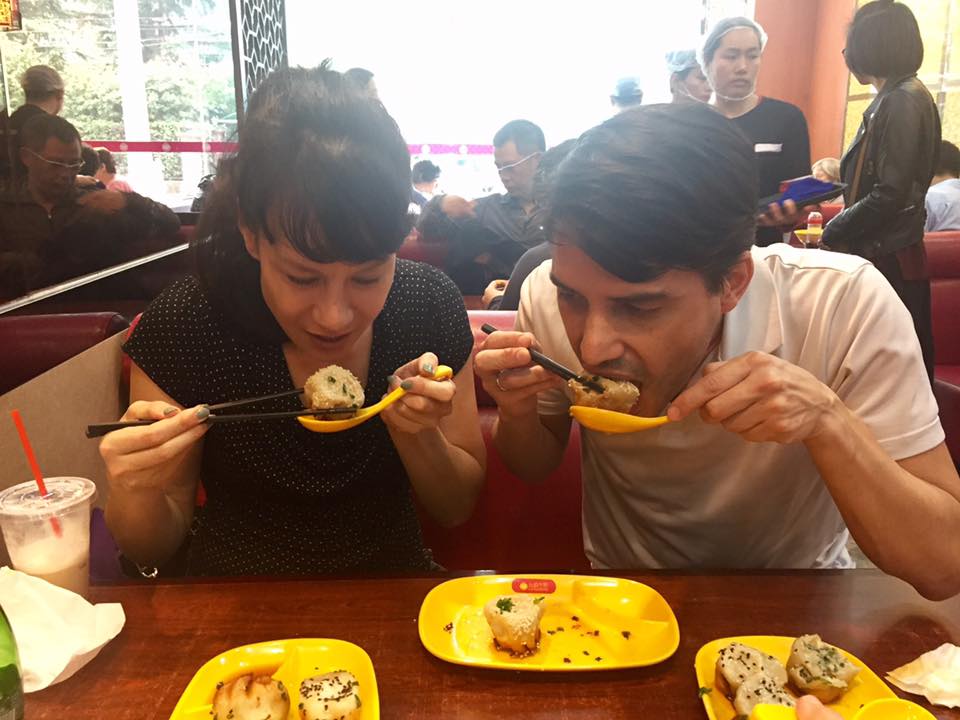
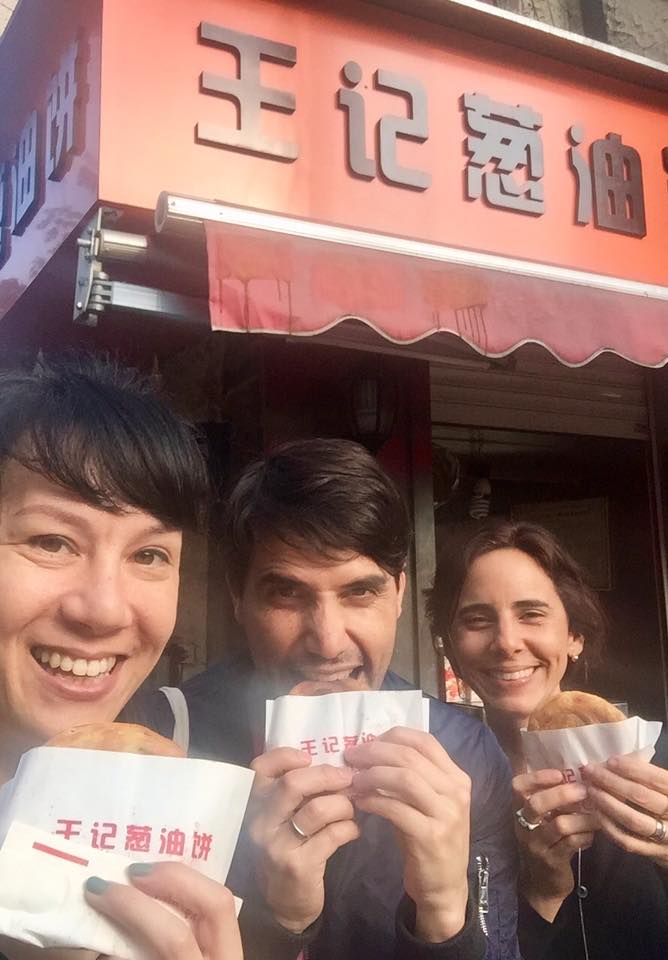

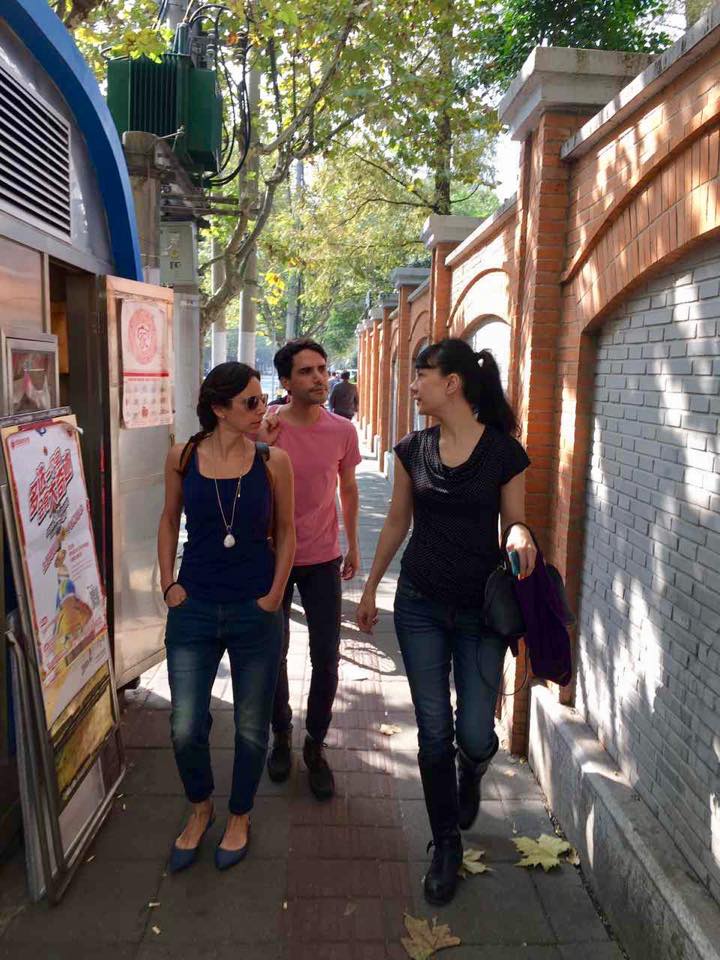


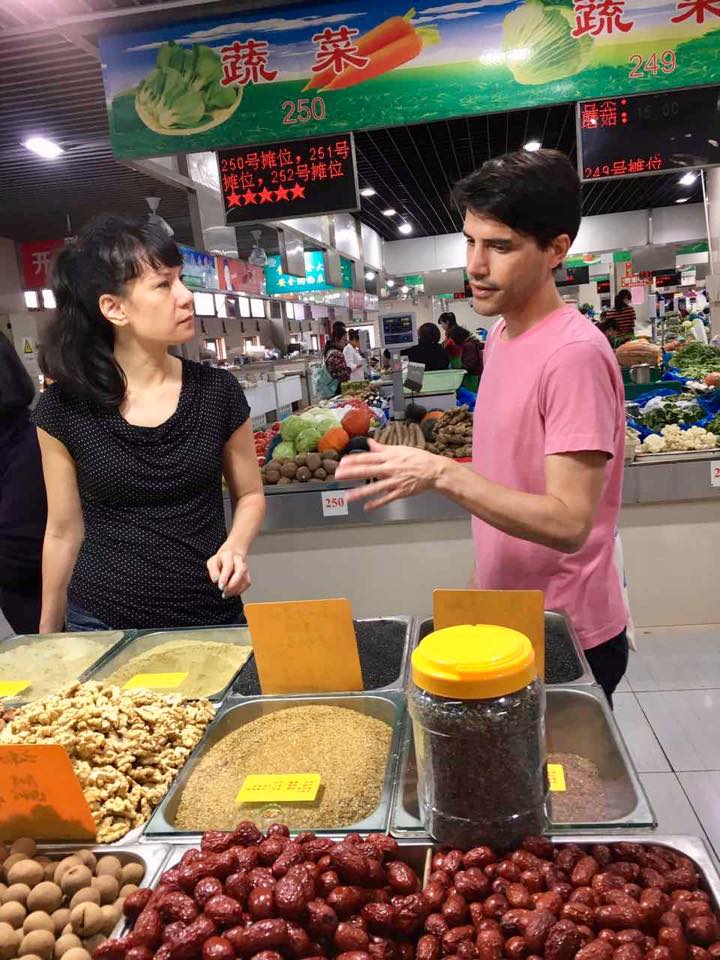
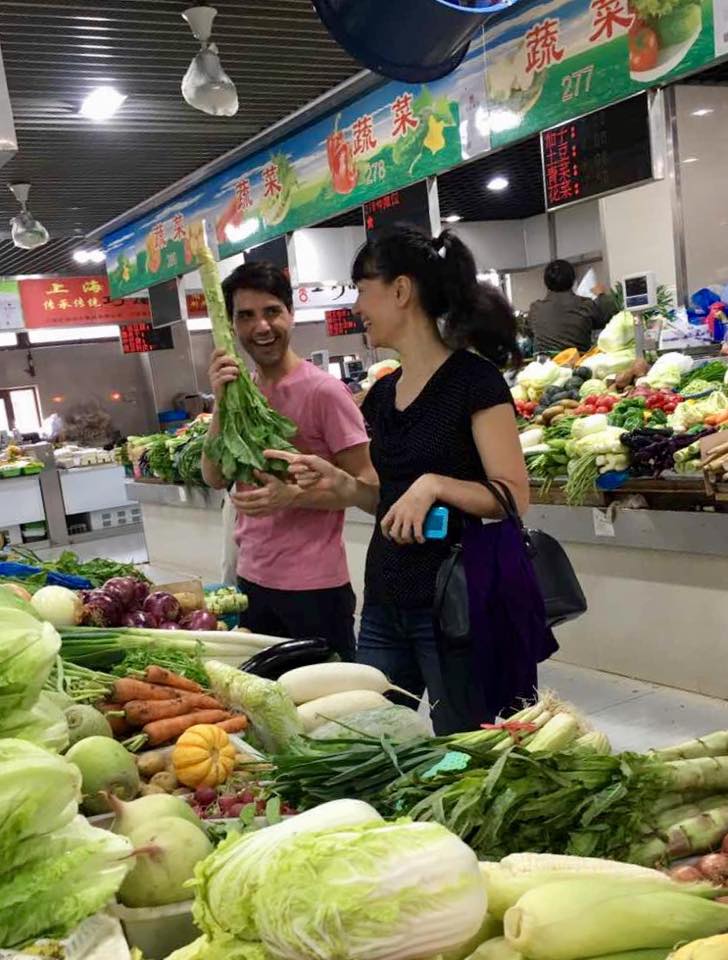
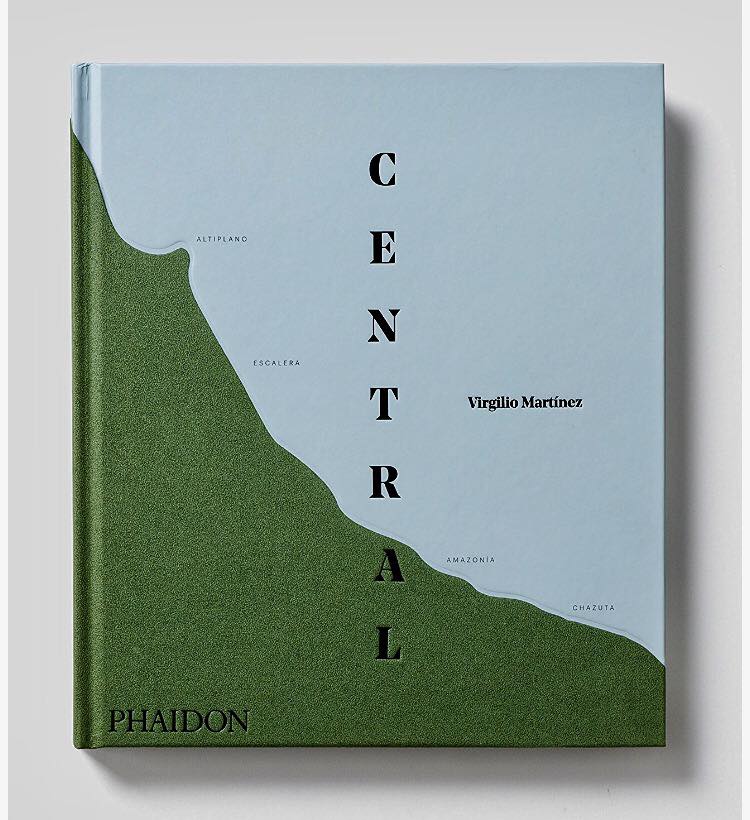
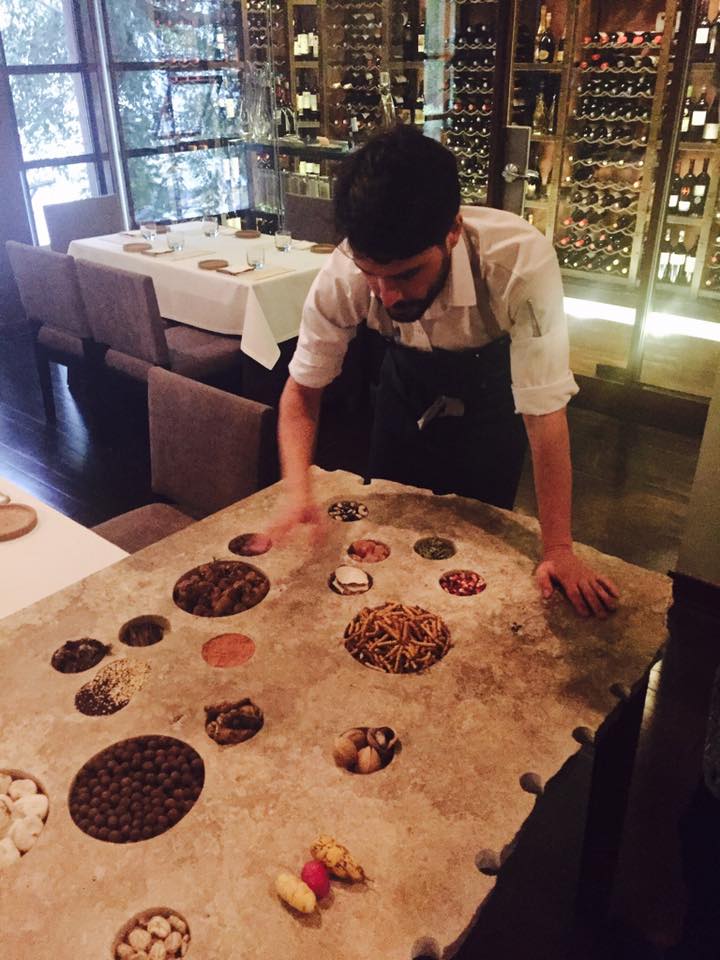
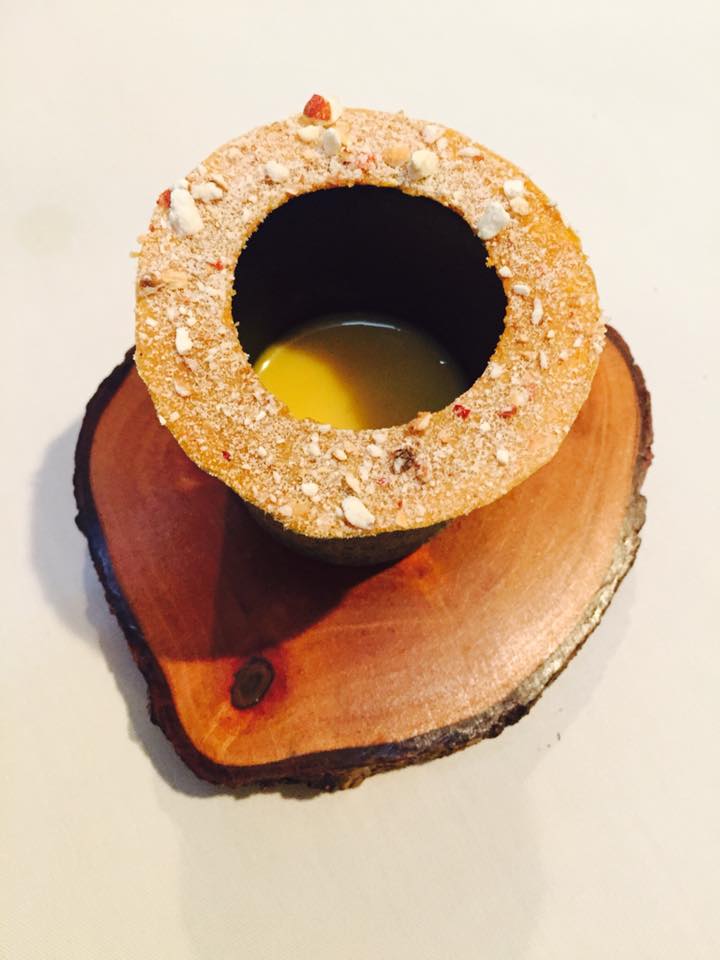
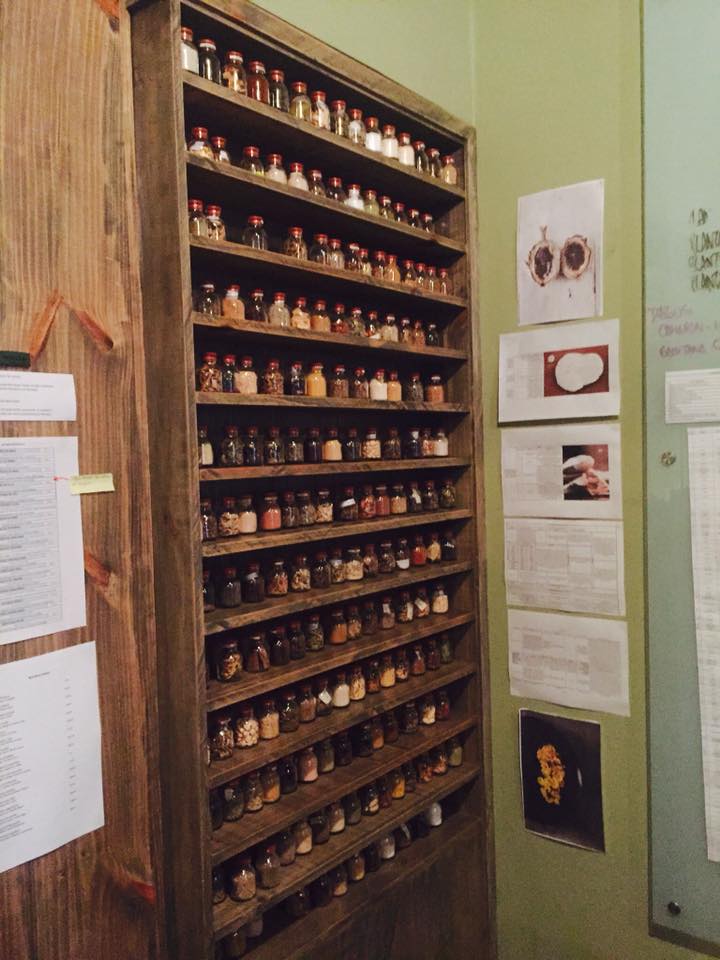

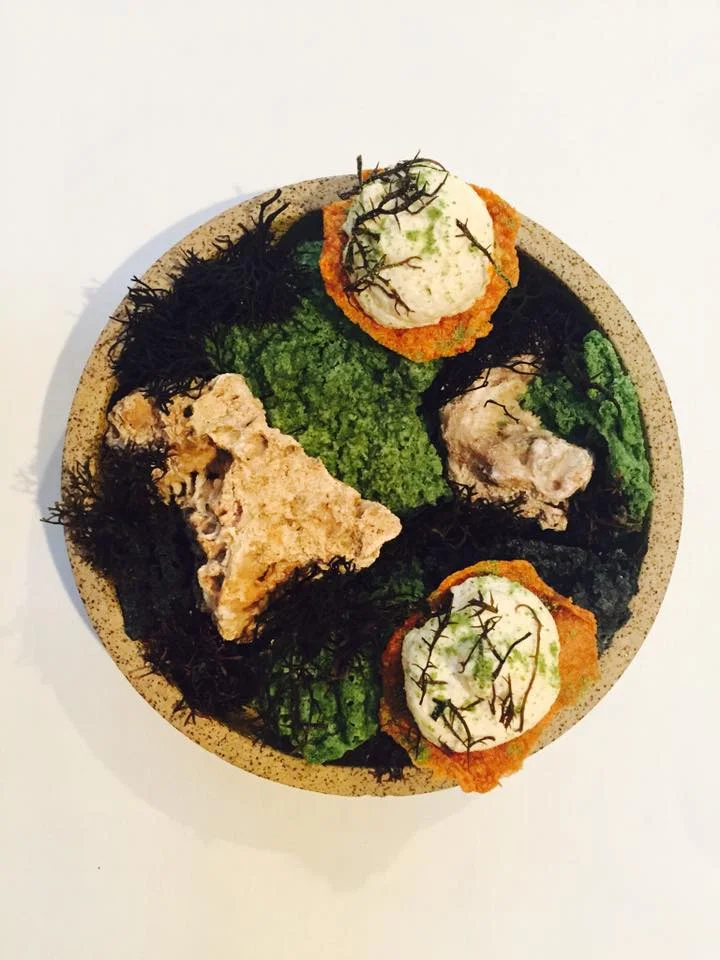
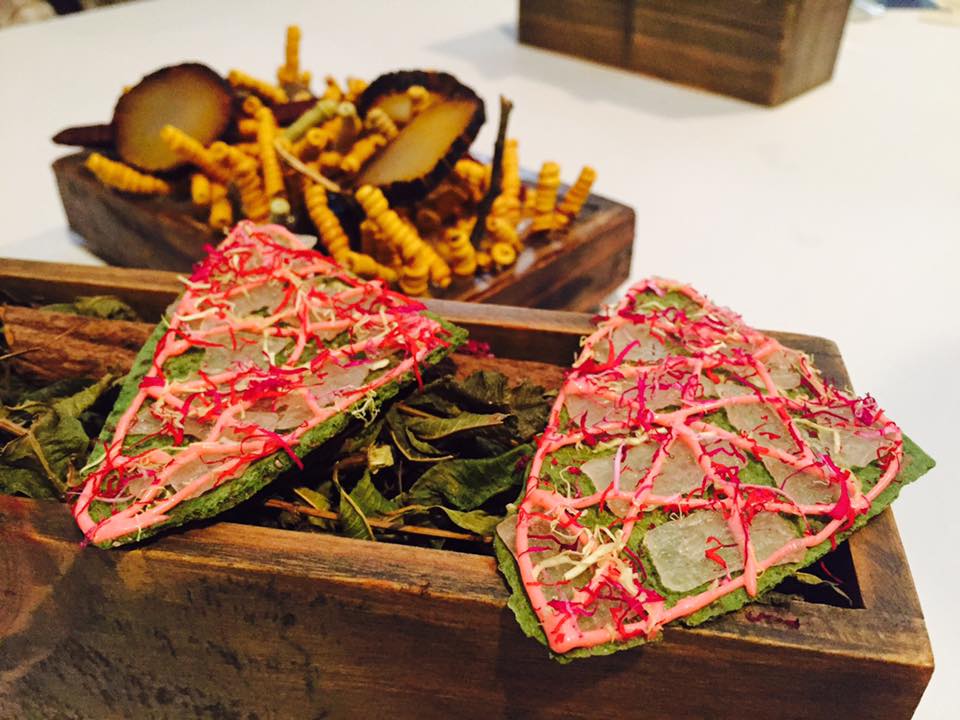
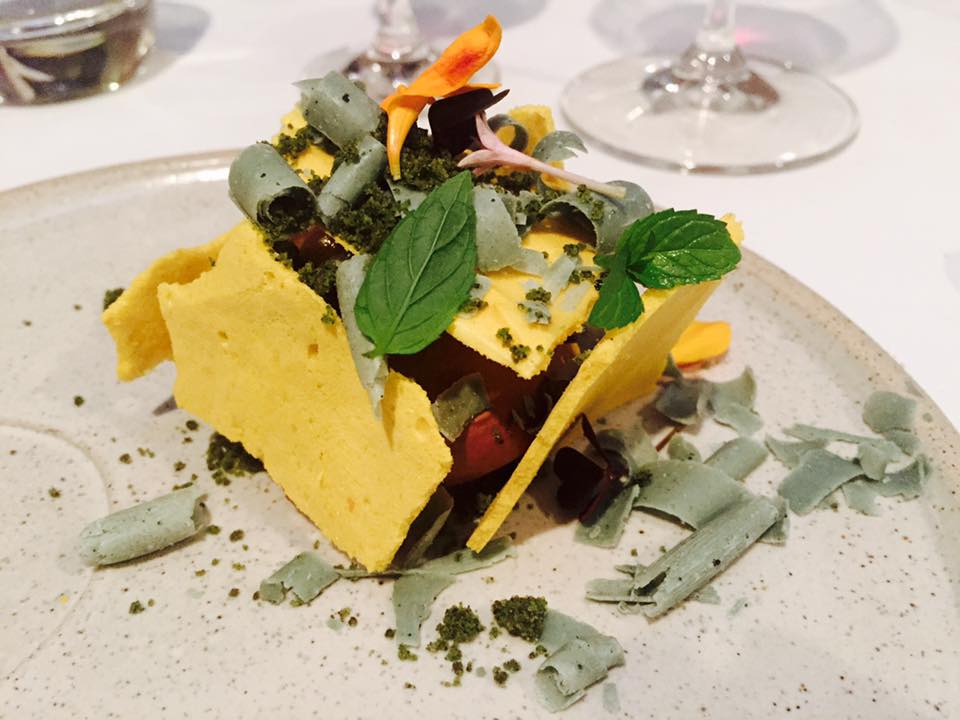
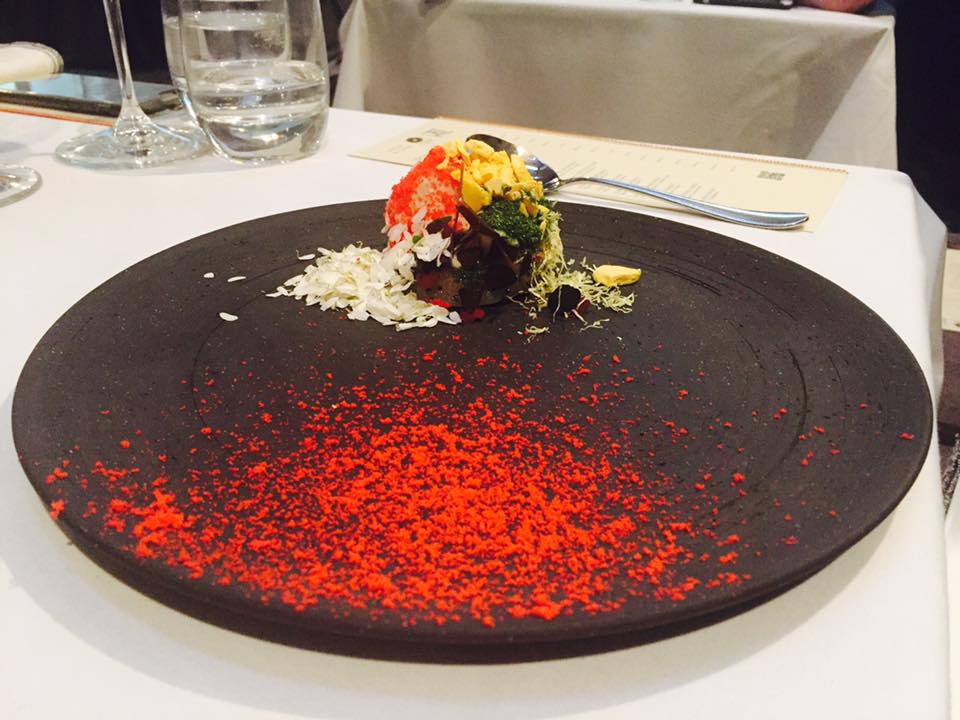


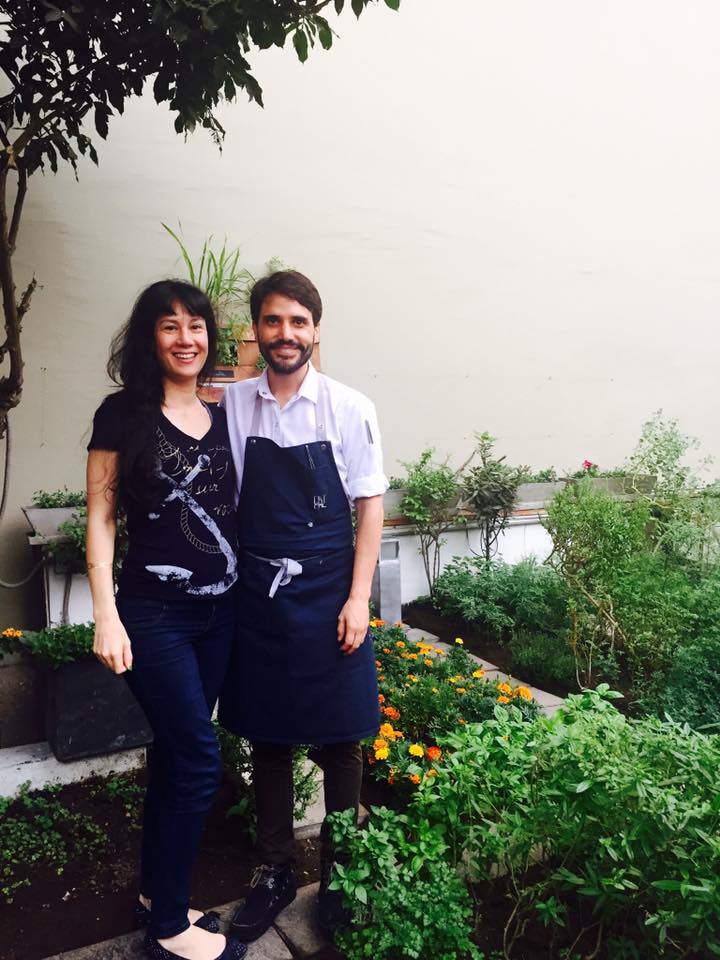
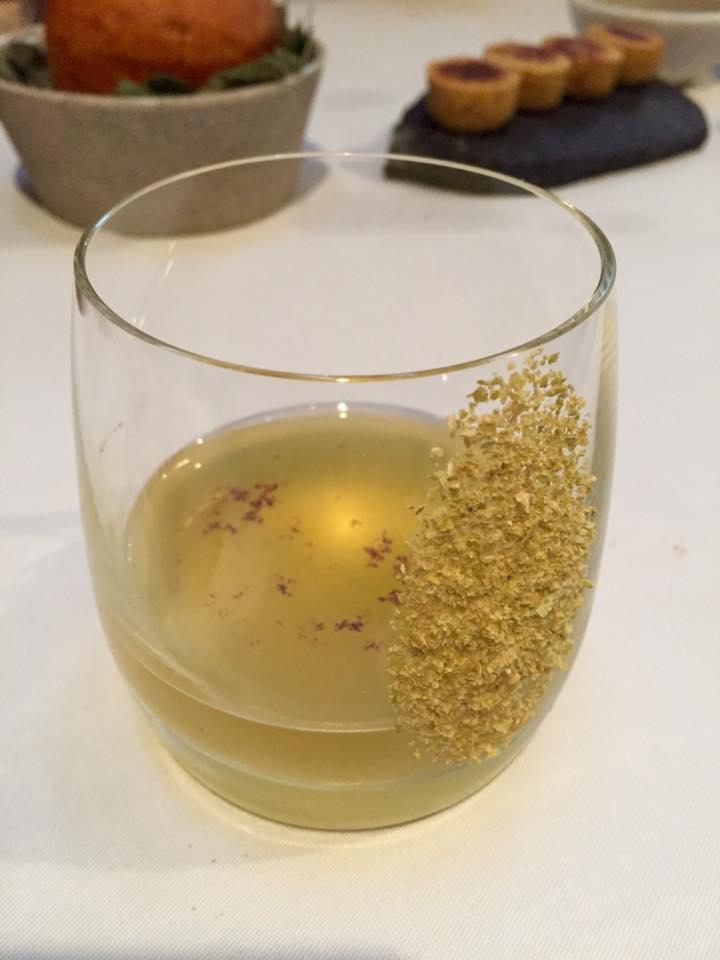
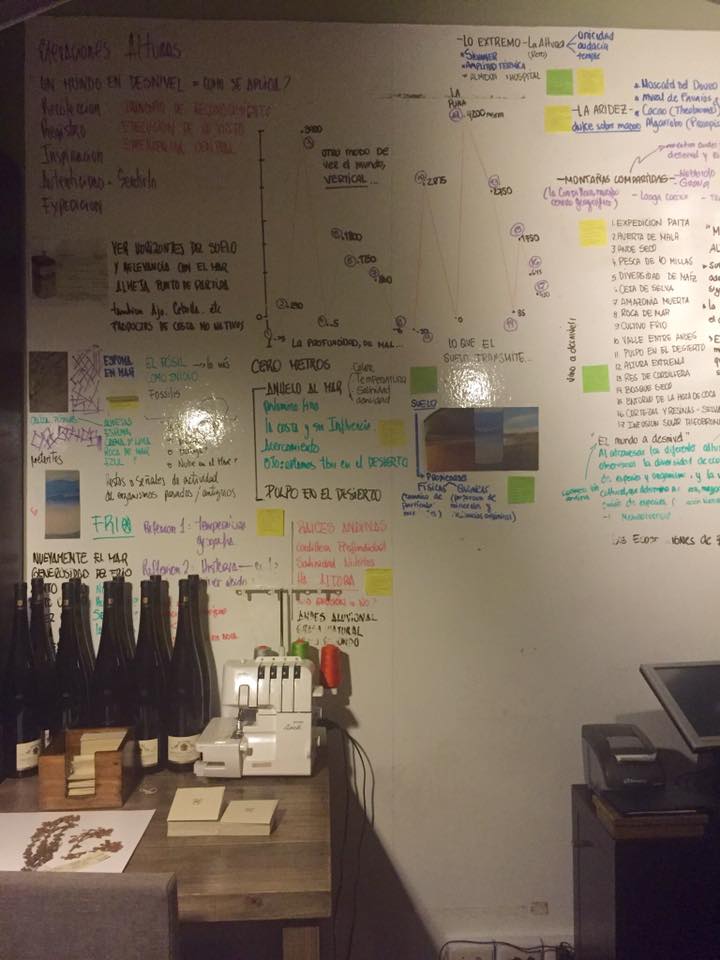
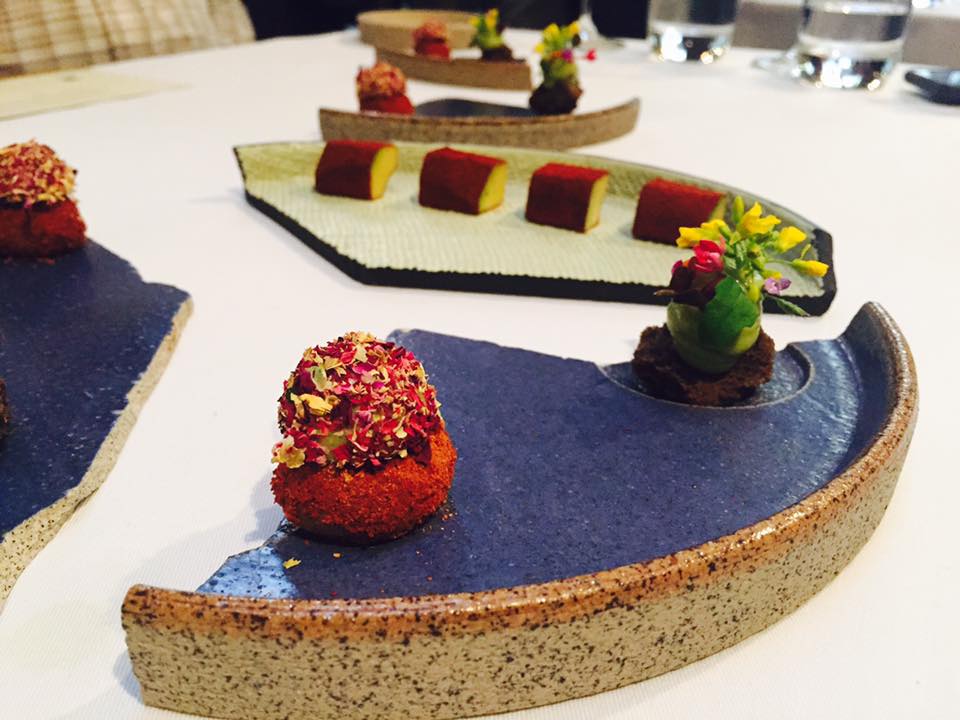
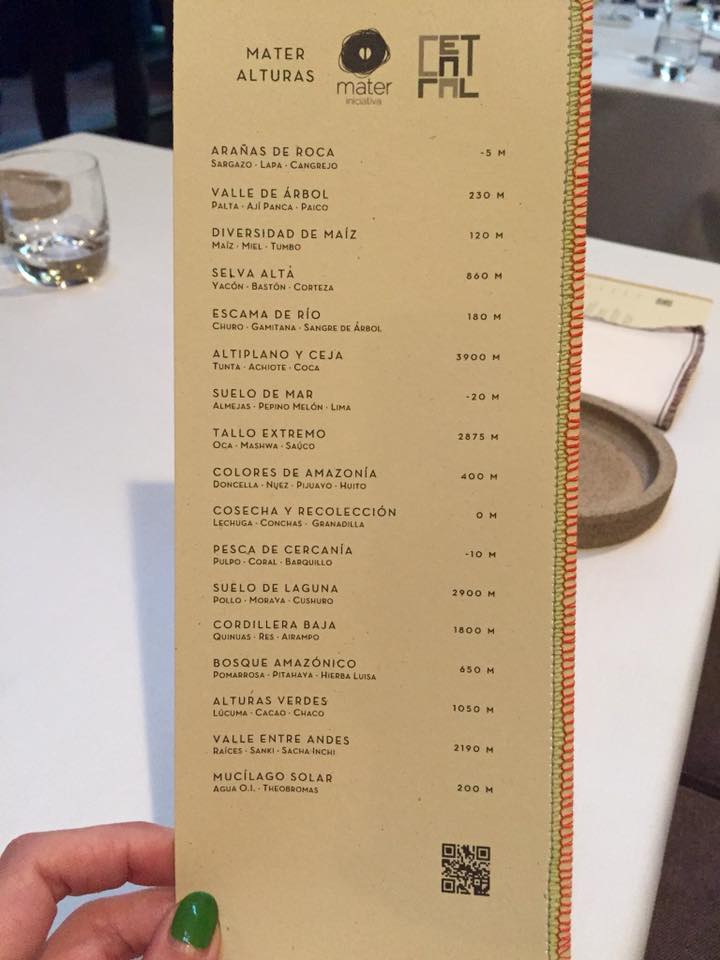
Last week, spent an awesome weekend with chef Virgilio Martinez in Shanghai. The chef at Latin America's 50 Best Restaurants' #1 restaurant (and World's 50 Best #4), Virgilio is a crusader in documenting and celebrating Peru's eco-diversity, and championing the critical issues of environmental protection and sustaining natural foods and traditions. Virgilio launched his incredible new book Central, published by Phaidon, with a talk at M on the Bund. For dinner I brought him to exquisite vegetarian haute cuisine temple Fu He Hui, (#18 on the Asia's 50 Best Restaurants list). On Sunday I took Virgilio, his sister Malena, and the lovely Siobhan from Phaidon, on a street food and wet market tour. They loved the crab soup dumplings (xiaolongbao) and crispy scallion pancake from my favorite hole-in-the-wall, but most of all they admired the skill of the eelmonger as she gutted eels as slim as your pinky without even glancing down, and the noodle puller, who turned a dense block of dough into shivering, even threads in under 20 seconds.
Photos are from our Shanghai food adventures and also my April visit to Virgilio's restaurant Central, in Lima, Peru.
Below is an excerpt from a recent article I wrote on Lima's restaurants, published in Modern Weekly:
“No chef goes into greater geekiness to celebrate and showcase Peru's diverse produce than chef Virgilio Martinez, a former law student, and graduate of culinary schools in Ottawa and London.
At Martinez's restaurant Central in Lima, Peru, every course on the set menu is made of ingredients from a specific altitude. He’s so fanatical in researching and sharing Peru’s ecodiversity, that he’s dedicated nearly half his restaurant to a growing botanical laboratory, a roof garden, and a rain water filtration system.
Martinez works with a team of seven experts and foragers, with his organization Mater Iniciativa, who gather indigenous ingredients from up and down the mountains of Peru and record the culture and stories of the ingredient producers.
Several upstairs rooms in his restaurant, which could have been used to seat diners and gain more income, are instead given over to his fanatical categorization of gathered specimens. Hundreds of sheets of paper hold the pressed and dried leaves of exotic plants. The walls are covered with painstaking notes on the character of every specimen found, while shelves are filled with every hue of powdered spices, roots and seeds.
But how do all these wild discoveries taste? Well not all of them are edible, the chef admits with a laugh, saying he's only gotten sick once from eating one of the unknown species. On his “elevations” menu, he has created thought-provoking and delicious artworks which express the ecology of Peru, making it clear why his restaurant has been ranked number four on the World's 50 Best Restaurants list for two years running.”
